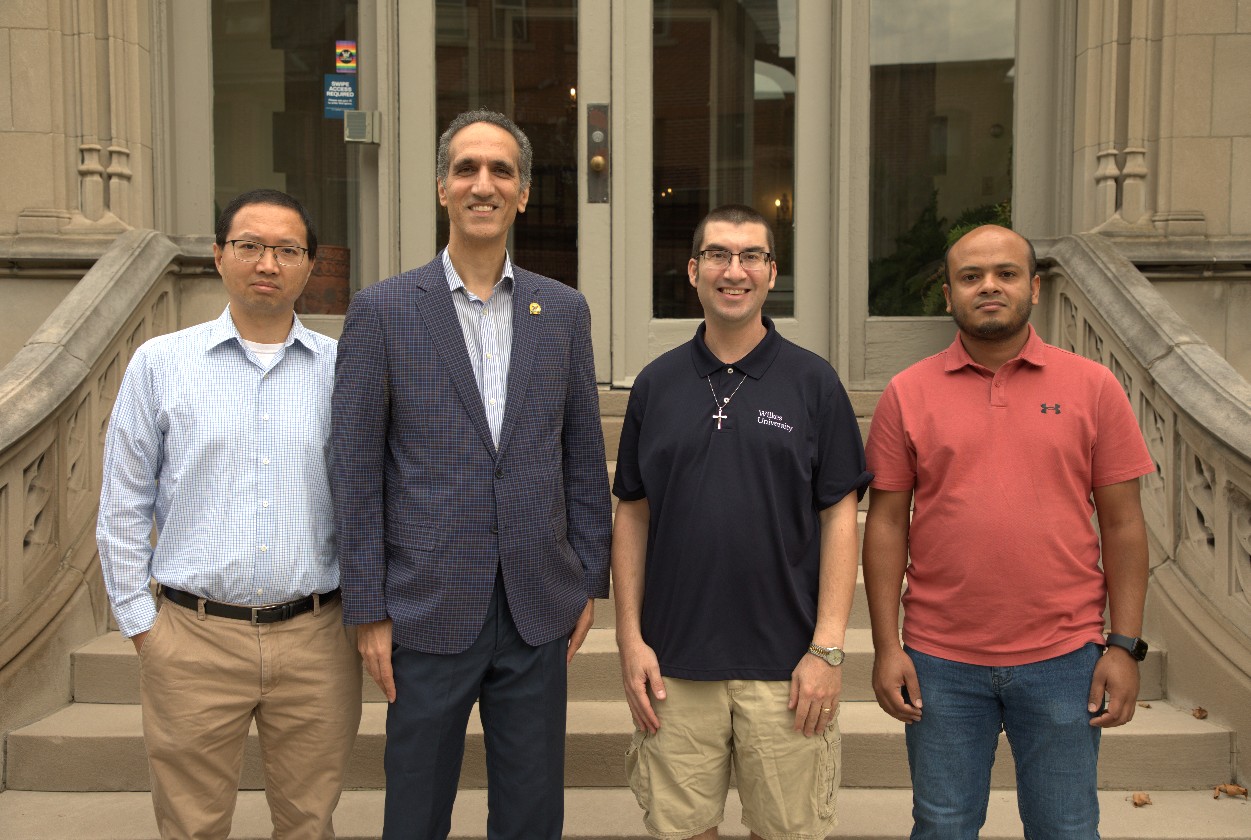Recent research from the University of Tokyo suggests that going gray may not simply be a sign of aging but could also indicate that the body is actively fighting off cancer cells. A study conducted on mice has revealed intriguing connections between hair color change and the body’s response to DNA damage, potentially linking the process of graying hair to a protective mechanism against cancer development.
The Mechanism Behind Hair Color Change
The study, published in the journal Nature Cell Biology, focused on melanocyte stem cells, which are responsible for producing the pigment that gives hair its color. When these cells encounter DNA damage, they respond in different ways, leading to either the loss of color in hair or the development of melanoma, a serious form of skin cancer.
Researchers tracked the behavior of these stem cells under conditions of stress and DNA damage. They found that when exposed to such stressors, melanocyte stem cells could either differentiate into mature melanin-producing cells or enter a state that leads to hair turning gray. This finding suggests that the process of going gray may serve as a biological signal that the body is managing cellular stress effectively.
Potential Implications for Cancer Research
The implications of this study could extend beyond aesthetics. Understanding how the body’s pigment-producing cells respond to DNA damage could open new avenues for cancer research and treatment. By elucidating the mechanisms behind these two outcomes—graying hair and melanoma—scientists may uncover strategies for enhancing the body’s natural defenses against cancer.
The research underscores the complexity of cellular responses to damage and highlights the significance of the hair follicle as more than just a cosmetic feature. As scientists explore the dual pathways triggered by cellular stress, they may pave the way for innovative therapies that harness the body’s inherent mechanisms for cancer prevention.
The study represents a significant step in understanding the links between aging, cellular stress, and cancer, emphasizing the need for further investigation. As researchers continue to explore these connections, the findings may contribute to a deeper understanding of how our bodies respond to the challenges of aging and disease.







